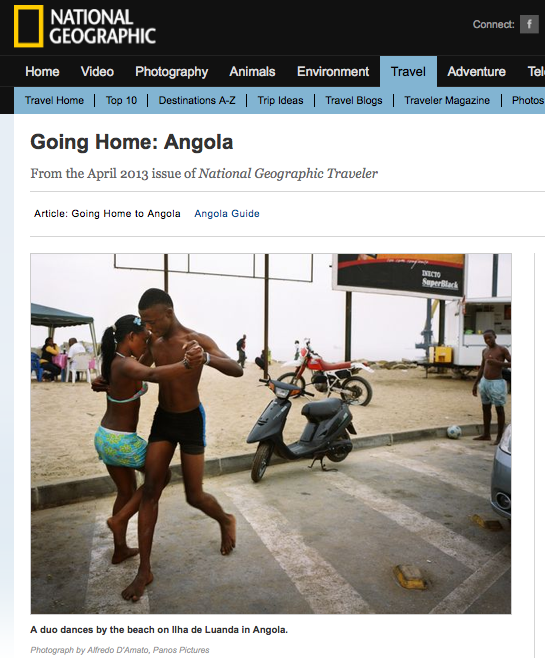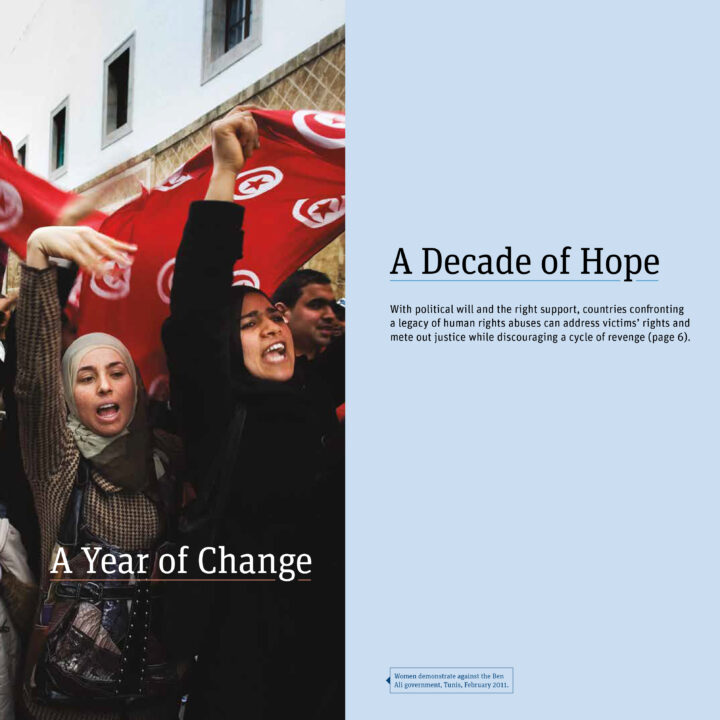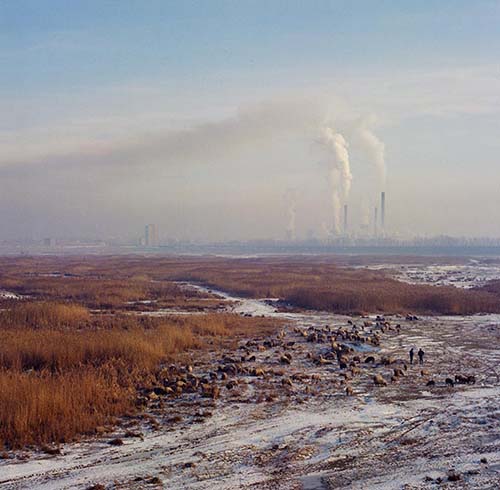Angola on National Geographic Travel

A duo dance on the beach on ilha de Luanda. Angola
We rolled down a sliver of red dirt road, weeds and sticks cracking under our tires, in search of an old slave port that long ago vanished in mangrove jungle. This out-of-the-way track made me nervous because it was exactly where the travel advisories warned visitors not to go in Angola, a country riddled with land mines after three decades of civil war.My guide and translator, a British expat named Paul, asked the two young boys showing us the way if they knew of any mines. I heard them say hesitantly, “No.”“They say there aren’t any,” Paul confirmed. This was not convincing. We bumped along farther until the track fell away entirely into a gully, and we set down the path on foot. The sun was getting low, washing the tops of the palm trees in ocher light. A man harnessed high in the fronds tapping sap for palm wine looked at us curiously as we passed beneath.
We were just outside the town of Soyo, hiking to an estuary of the Congo River, about five miles from its mouth on the Atlantic. I had envisioned finding old stone docks and iron slave pens, perhaps strangled in roots like some ancient Khmer ruin. Even if I found that, I did not know what it would mean; there was no checklist to mark off, no tangible objective or end point. I was on a quest that was more than anything an act of imagination—if not insanity, given the cost and time it took me to get here. I was looking for the man who gave me the surname Mozingo, an ancestor who landed in Jamestown, Virginia, in 1644. He was a “Negro” man who married a white Englishwoman during a brief period in colonial America when that could happen. More than 300 years later, his white descendants, including me, had long lost track of that history and were wondering where they got this funny name. Many insisted, sometimes vociferously, they were Italian or French or from anywhere but Africa, but the truth was here in Angola, this troubled country on the western coast of central Africa, which once sent torrents of slaves to America.
(By Joe Mozingo) Nationalgeographic



